You have to assemble the whole puzzle before you’re truly crisis-ready
Business continuity is just one element of strategic crisis management, and failure to recognize this reality can leave you dangerously vulnerable to communication or reputation-related threats. Any company believing that a business continuity plan alone makes it prepared to face a serious crisis situation is in for a sudden (and costly!) surprise.
Not to minimize the importance of business continuity planning! To be clear, making sure your organization can continue to actually function during tough situations with as little disruption as possible is a piece you can’t go without. But, if you’re not ready to communicate about issues you encounter when, for example, your production line has to shut down, or a key staff member posts something inappropriate online, you’re still missing a critical part of the puzzle.
While ten to fifteen years ago I’d say the risk of loss posed by the actual disruption of things like supply lines or operations centers were much more obvious than those related to communication related to those issues, that’s not really true anymore, is it? It feels fair to say that the vast majority of negative headlines today are generated by poor crisis communications practices connected to operational hurdles, not the hurdles themselves. To me this says most are now educated on the sheer level of trouble saying the wrong thing – or saying nothing at all! – can create.
Getting real
I don’t want to be unrealistic here. After all, everyone has a budget to mind and a pile of priorities they have to juggle. If I may though, here’s a statistic — according to Weber Shandwick’s study, “The State of Global Reputation,” your average global executive attributes 63 percent of their company’s market value to its overall reputation. Given that fact, wouldn’t protecting and nurturing the single most valuable resource your company possesses (reputation, in case that wasn’t abundantly clear…) feel like a can’t-skip piece of making sure you have a budget to mind or priorities to juggle?
How do you rectify the situation and ensure you have both business continuity and crisis communications covered? The answer is simple: have a plan for both! And, answer this one with me now…do we create the plans separately, never the twain shall meet?
NO! (we surely all said together, yay) These plans need to know each other very well indeed. They must be created with the needs of each specific organization in mind, they need to complement rather than conflict, and ultimately they have to work to both keep operations running as best possible and mitigate reputation damage during the entire process, through to recovery, in a real-world crisis situation with the many variables those create.
As with so many crisis management-related topics, it’s a holistic approach that’s best in the end. Sync up your business continuity and crisis communications planning, train to use those plans, and when it comes time you’ll be ready to face the bad – and then move on!
[Erik Bernstein is president of Bernstein Crisis Management, Inc., an international crisis management consultancy.]
We love to connect with readers on LinkedIn! Connect with Erik | Connect with Jonathan
——————————-
For more resources, see the Free Management Library topic: Crisis Management











 Let me be very clear – I do not believe anyone on Audi’s team had anything but the most innocent of intentions. However, that’s not enough today. Perception is reality, and it’s easier than ever for the reality those perceptions create to result in serious harm to your reputation.
Let me be very clear – I do not believe anyone on Audi’s team had anything but the most innocent of intentions. However, that’s not enough today. Perception is reality, and it’s easier than ever for the reality those perceptions create to result in serious harm to your reputation.




